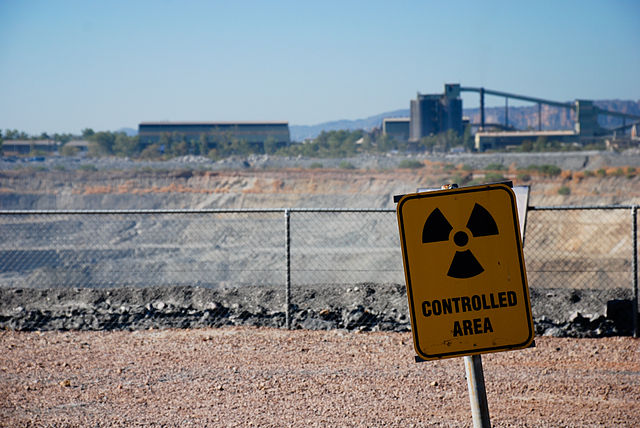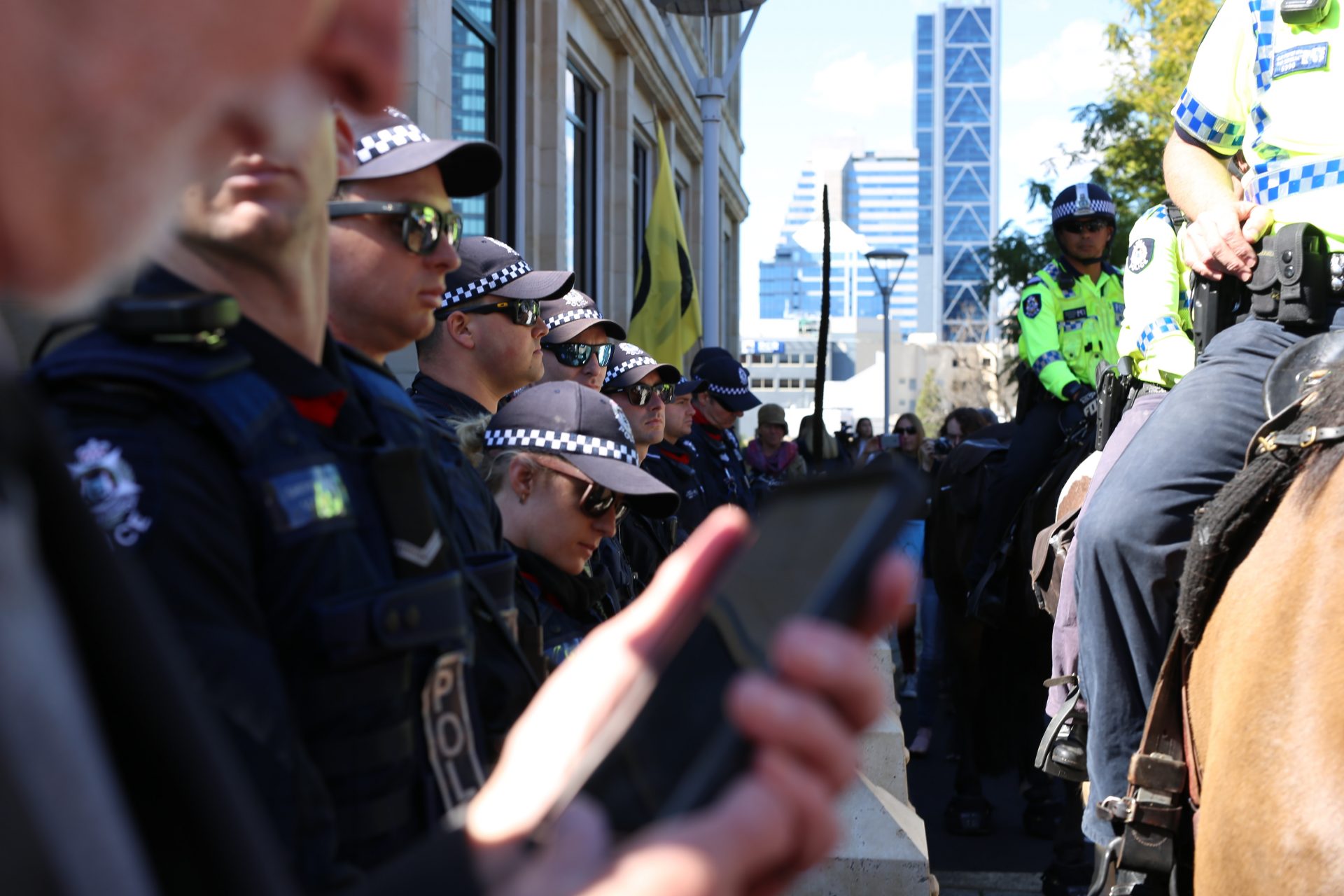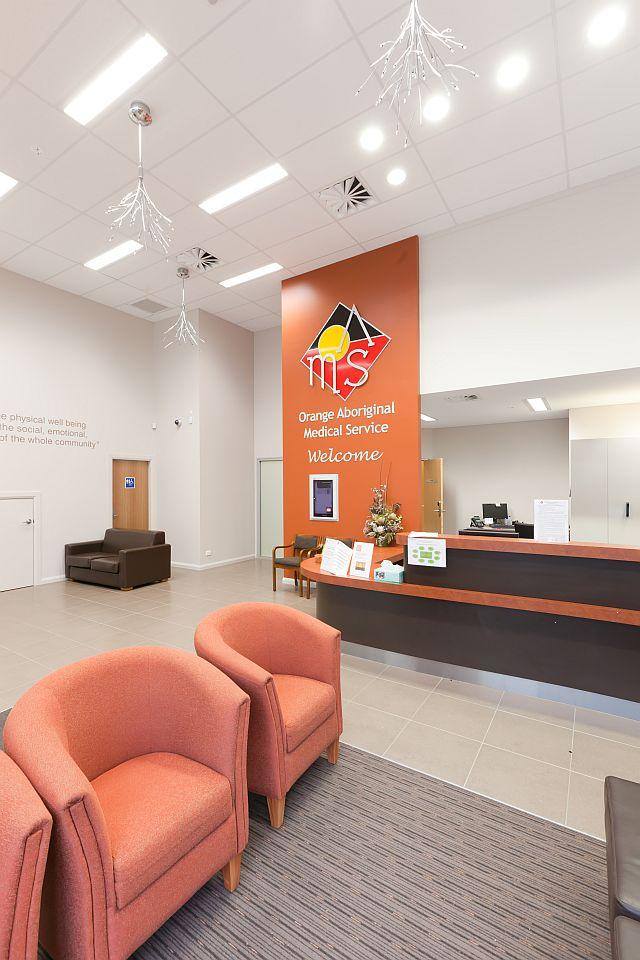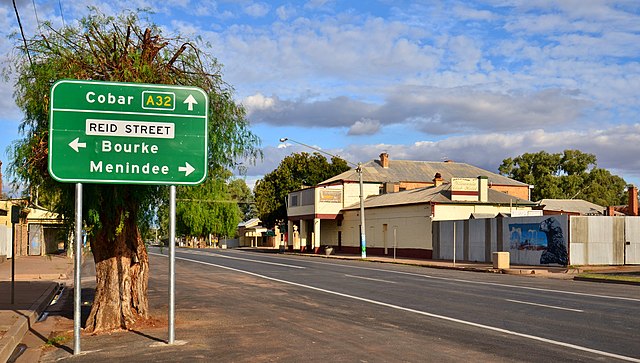Inquiries are yet to figure out why First Nations people living near the Ranger Uranium Mine in the Northern Territory are suffering from significantly higher rates of cancer and stillbirths.
Figures show Indigenous people in the Gunbalanya-Kakadu area experience a stillbirth rate over twice as high and cancer rates almost 50% higher than other First Nations people in the Top End.
An NT government investigation into the health impacts of the mine on nearby Indigenous communities found neither radiation, smoking, alcohol, or poor diet explained the excessive rates of cancer and stillbirth in the area.
But Flinders University Lecturer Dr Rosalie Schultz says the narrow investigation didn’t look at the wider social and emotional wellbeing problems caused by 40 years of mining uranium.
“Development of the Ranger mine entailed nullification of veto rights, disempowering Aboriginal communities, and threatening their livelihoods.”
Dr Rosalie Schultz
“The focus was on ionizing radiation because this exposure was considered the worst-case scenario. The mine employed few local Aboriginal people, so occupational exposures were not considered,” Dr Schultz said.
“But they didn’t look at what it might mean to have a company come into your country, say you can’t claim land rights, build a mine.”
“Development of the Ranger mine entailed nullification of veto rights, disempowering Aboriginal communities, and threatening their livelihoods.
“With mining came royalty money, expensive commodities, money-hunger, and alcohol.
During the period of mine operation, Dr Schultz says there were more than 200 diesel and acid spills, and other incidents, contaminating creeks and drinking water.
“So, ionizing radiation wasn’t considered the cause, but all these other things might have just been building up the stress and anxiety, and general dispossession that people felt by having that mine on their land.”
“Economic development from the mine has increased inequity among Aboriginal people in the region. Inequity may contribute to both stillbirths and cancer, although this would not be detected in a cluster investigation [such as the NT Department of Health investigation].
Dr Rosalie Schultz says now that the mine is closed, it is time to rehabilitate both the mine site, the relationships, the community, and the country to build back a place that meets the needs of the people of the land.
“There is an opportunity for further research to better understand and close the gap in health risk exposures and outcomes between Aboriginal people in the region of the mine and other Aboriginal people in the Top End,” she said.
“Sadly, the rehabilitation commitment is only till 2026… so 40 years of mining is going to be fixed up in five years? Doesn’t sound very likely to me.”
“But it is time to go back and acknowledge wrongs of the past and move on, and with these commitments of rehabilitation but take a much deeper approach based on the needs of the people of the land.”
“And yet it is always easier to say, you mob should be smoking less, you should be drinking less… and it has the effect of, in a sense, blaming the victim.”
GAC CEO, Justin O’Brien
Despite no clear evidence tobacco, drinking, and poor diet, were the stressors responsible for the disproportionate rates of stillbirth and cancer in the area, the only recommendations that came from the six-year investigation was for Aboriginal people to follow health advice around smoking, drinking, and diet.
Justin O’Brien is the CEO of the Gundjeihmi Aboriginal Corporation which represents the Mirarr people of the region and says this potentially puts the blame on mob.
“If you’re not certain about anything, and yet the only real assertive statement that’s made is about smoking, drinking, and lifestyle, then it has that effect where people think, ‘oh well, we’re sort of being blamed for this’,” Mr O’Brien said.
“I can understand the scientist’s point of view, they’re limited in what they can say about ionizing radiation because there’s just no evidence for it. But nor is there evidence that these smoking and drinking rates account for the higher rates of stillbirth and the complex range of cancers.”
“And yet it is always easier to say, you mob should be smoking less, you should be drinking less… and it has the effect of, in a sense, blaming the victim.”
A 1984 AIATSIS report raised concerns that significant social and health impacts might eventuate following establishment of the Ranger uranium mine in the region.
The report made numerous recommendations which were accepted at the time by the Australian Government, but which were not implemented.
One of these recommendations was for continued monitoring of the social impact of uranium mining in the region.
“There was a responsibility to monitor the health and wellbeing of the population in this region throughout the period of uranium mining operations and this did not take place adequately.”
Justin O’Brien
Mr O’Brien commented: “It is of great concern to GAC that significant social and health impacts resulting from uranium mining in the region were foreshadowed and have ultimately transpired, even if the sources of these impacts are not yet clear.
“There was a responsibility to monitor the health and wellbeing of the population in this region throughout the period of uranium mining operations and this did not take place adequately.”
There are fears other mining operations in states and territories could have similar negative impacts on First Nations communities, and Mr O’Brien would like to see Governments take step back and look at all the possible impacts mining has on First Nations communities.
“There is always going to be an element of doubt over this, but until we know a hell of a lot more than we do now, surely this puts a pause on any further uranium exploration in this region,” he said.
“People need to understand, even if it’s just the social impacts arising, there needs to be pause for thought. This whole dig it up, ship it out, and not looking at the health, including social and cultural health of Aboriginal people, and communities effected by that is irresponsible. You need to look at the total package of impact.”
Dr Rosalie Schultz added, “Governments also need to consider all the risks Aboriginal communities potentially face from any proposed mining operations before they commit to these developments on Aboriginal land. This includes gas drilling proposed in the NT’s Beetaloo Basin.”





